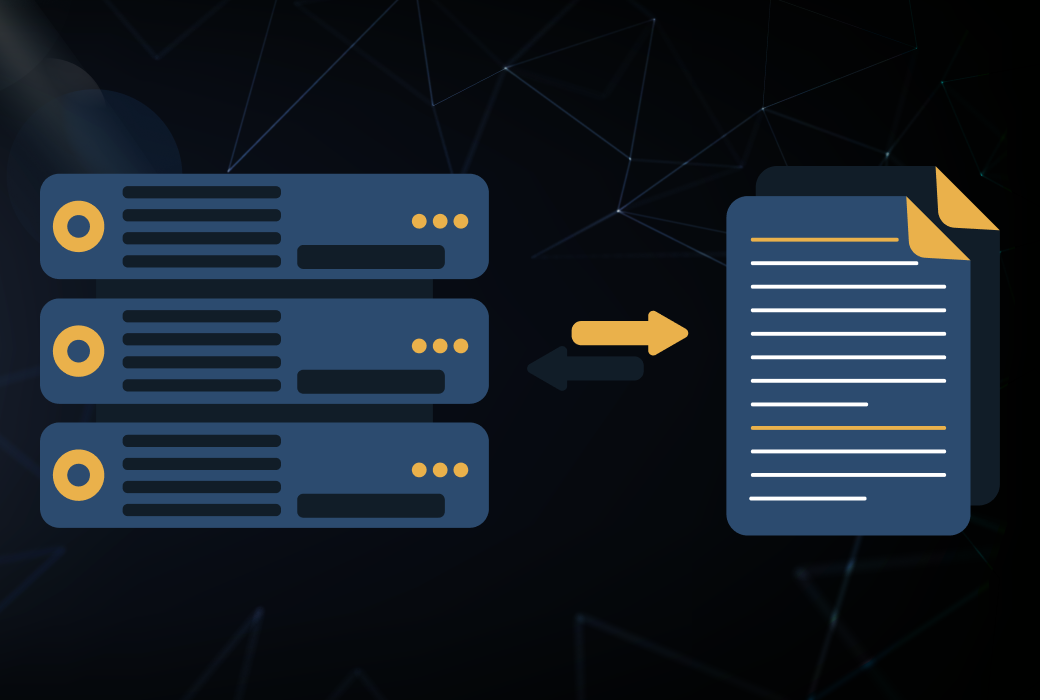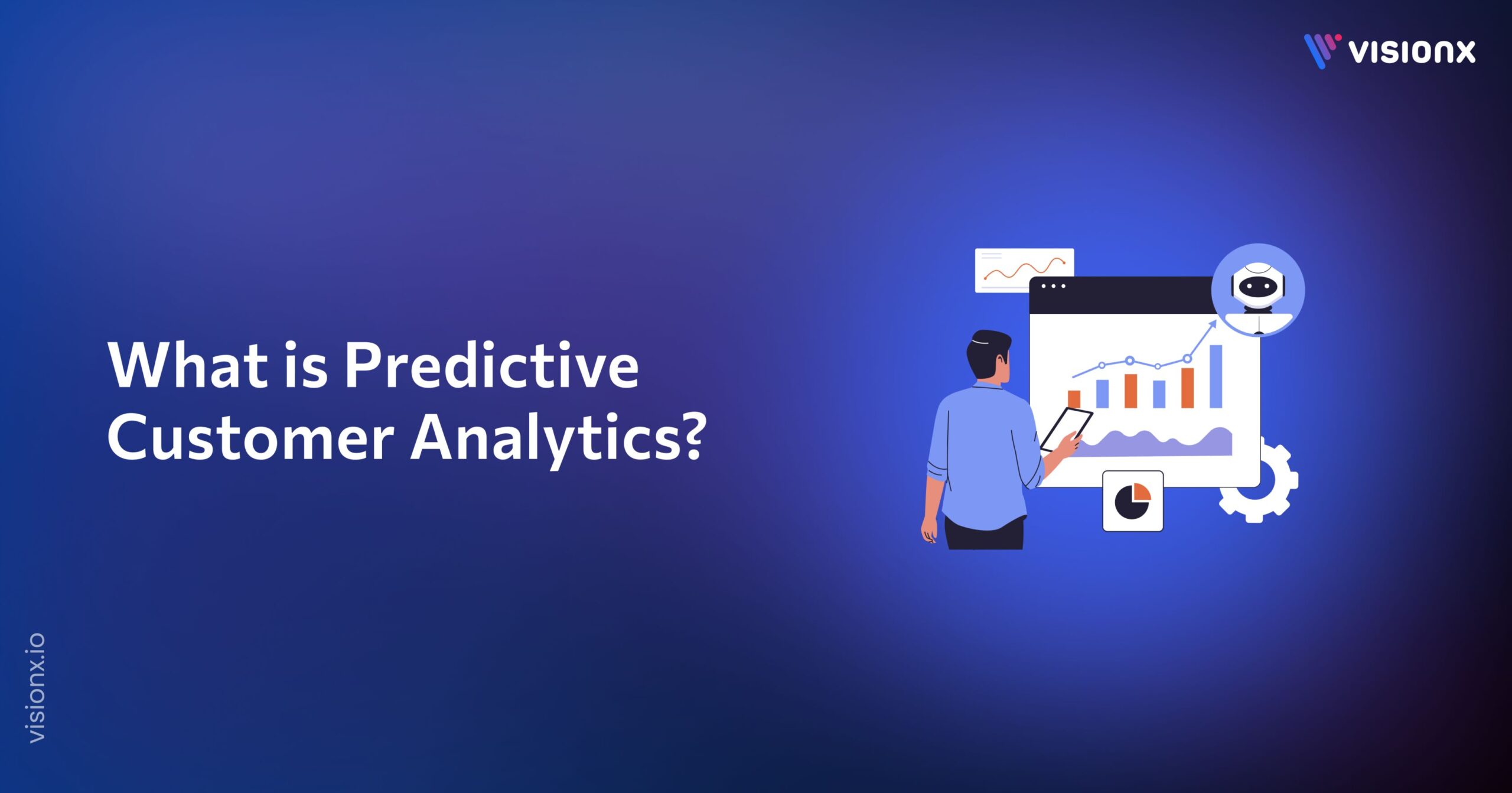Statista states that the big data market was worth $7.6 billion in 2011 but will rise to an eye-popping $103 billion by 2027. That is a giant leap and really highlights just how critical data has become for driving innovation and growth across industries.
But here’s the catch: how accurate that data is and how useful it is depends entirely on how well an organization collects, analyzes, and uses it.
Every passing day generates the largest amount of data available; it comes in all sorts of formats—from the last social media post to meticulously organized relational databases—all of which link to accessible data that fall under two general categories: structured and unstructured.
We are going to define what structured and unstructured actually mean, explore some key differences between them, consider how to use them, and lightly touch the middle ground: semi-structured data.
What is the Difference between Structured vs. Unstructured Data?
The key difference between structured vs. unstructured data lies in their organization. Structured data is well organized and stored in predetermined formats, such as tables containing rows and columns, so access and analysis through SQL is relatively easy. It is commonly used in applications such as CRM, HR databases, and financial reports.
However, unstructured data does not have any predefined format; hence, it becomes more flexible but difficult to analyze with advanced tools such as AI or natural language processing. These could have been emails, posts on social media, or other types of images and videos that use them for social media analytics, customer feedback, video recognition, etc. Therefore, the two data types are essential depending on business goals.
What is Structured Data?
Also referred to as quantitative data, structured data is organized and readable by machine learning algorithms. It is usually stored in an RDBMS and comprises data types such as numbers, texts, and dates.
Structured query language SQL is used for coding and dealing with structured data. By using (SQL), businesses can quickly enter, search for, and deal with structured data.
Benefits of Structured Data
-
Simplicity in applying machine learning algorithms:
The most crucial benefit of structured data is that the machine learning algorithms efficiently use it. Due to its ordered nature, structure data can be easily modified and accessed.
-
Predictability:
Structured data’s predictable format allows for better planning and forecasting, supporting business decision-making.
-
Ease of use:
Companies with a basic understanding of the topic related to the data can easily access and examine the data without having in-depth knowledge about it.
-
Data quality and consistency:
Structured data usually follows a strict pattern to ensure its quality and consistency. This reduces errors and makes the data much more reliable.
Example of structured data:
Customer relationship management systems (CRM), Excel files, financial records, address books, and employee records are the most common examples of structured data.
Tools used for Structured Data:
Tools for working with structured data include, for instance:
- Amazon Redshift– This is the Cloud Data Warehouse for Large-scale analysis.
- MySQL– Open-source databases widely used for web applications.
- Oracle ERP Cloud– This is a suite of Cloud-based ERPs for enterprise function management.
- PostgreSQL– Advanced open-source database with competent features.
What is Unstructured Data?
Unstructured data identifies all of the information without a predefined format or organized structure. It is typically stored in its original format and processed only when necessary.
Unstructured data accounts for 80-90% of a company’s data, and its percentage rises daily, emphasizing its significance. Companies gain valuable business data by including unstructured data.
Non-relational databases (NoSQL) most effectively handle unstructured data. Data lakes are another method to maintain unstructured data in its raw form.
Benefits of Unstructured Data
-
Original format:
Since unstructured data is stored in its original format and isn’t processed until needed, it creates a large pool of use cases. Data experts may collect and assess only the necessary data while working with unstructured data.
-
Flexibility:
Unstructured data is usually stored in its original form without a specific organization, allowing for accessible collection and storage of diverse types of data.
-
More affordable:
Unstructured data is stored in data lakes, which provide large data capacities and help reduce costs. This approach also allows for flexible processing and analysis of data, offering valuable insights and business intelligence.
Examples of Unstructured Data:
Standard examples of unstructured data include videos and pictures, emails, social media posts, audio files, PDFs, and web pages.
Tools used for Unstructured Data:
Tools for working with unstructured data include, for instance:
- MongoDB– NoSQL, flexible and scalable database for data storage.
- Azure Data Lake– Microsoft Cloud for massive storage and consumption of big data analytical usages.
- Google AI Platform– Google tools to build and manage AI models.
- Apache Hadoop– The proposed framework for distributed processing of extensive data sets.
Structured vs. Unstructured Data: Key Differences
1. Structure:
Structured data is normally set in a predetermined mode comprising of numbers and text.
Unstructured data lacks any predefined structure, and most reside in video and audio files or text documents.
2. Storage:
Structured data resides within relational databases (RDBMS) or data warehouses, wherein it is stored and maintained.
Non-relation databases, known as NoSQL, store and handle unstructured data with data lakes or file systems.
3. Analysis:
Structured data is more accessible to analyze and examine using traditional tools and techniques.
Unstructured data is complex and requires specialized tools and techniques like NLP, image recognition, and machine learning algorithms.
4. Flexibility:
Structured data is less flexible because a specific format organizes it and cannot be easily changed.
Unstructured data is more flexible because it can support a variety of formats and features.
5. Nature:
Structured data is quantitative, consisting of real numbers and items that can be counted.
Unstructured data is qualitative and cannot be assessed and examined using traditional tools and techniques.
Use Cases for Structured Data
Customer Relationship Management (CRM):
CRM software uses advanced analytical mechanisms for processing structured data and then guides businesses in extracting meaningful information about customer behavior and purchase trends.
Financial Systems:
Structured data helps to manage financial transactions and account balances and prepare financial reports for accounting firms.
Human Resources:
Human resource departments also use structured data to store employee records, payroll, and attendance data.
Use Cases for Unstructured Data:
Social Media Analysis:
Companies use unstructured data to analyze comments, posts, and images to better understand public actions and trends.
Chatbots:
Chatbots analyze text to deliver helpful and valuable answers tailored to the customers’ questions. It’s like having a professional assistant at your service 24/7!
Email Management:
Another use case for unstructured data involves sorting, categorizing, and searching through massive volumes of email data to manage and retrieve information efficiently.
When to use Structured vs. Unstructured Data?
Structured data is best when it comes to information that needs to be neat and ready for access for activities like sales reports, stock control, or maintaining financial and HR systems. Its predictable format allows it to be analyzed using general tools like SQL databases and spreadsheets, thus making it most suitable for applications that require data accuracy, consistency, and regular querying.
Unstructured data is most suitable for understanding very rich and complicated insights, such as following social media trends, customer feedback, or anything related to rich media, such as videos and images. It does not have a set format and needs advanced tools such as AI, machine learning, or natural language processing to draw meaningful information. Thus, it is helpful for creativity and flexibility applications such as customer engagement or AI solutions.
What is meant by Semi-Structured Data?
Semi-structured data falls between structured and unstructured data. It is more complicated than structured data but does not follow a specific format; therefore, it’s more available to store and manage compared to unstructured data.
It is very easy and quick to analyze semi-structured data compared to raw unstructured data. Such data can also be referred to as ‘self-describing data.’
Semi-structured data is excellent for when you want the freedom to work with various data formats, like when you’re dealing with web exchanges, using APIs, or storing documents. This type of data strikes a nice balance—it’s not too chaotic since it has some organization, but it’s flexible enough not to box you in. This blend makes storing, handling, and sifting through easier than completely unorganized data.
But here’s a downside: OCR data extraction of semi-structured data is pretty hard to handle.
Example of Semi-Structured Data:
Some common examples of semi-structured data include JSON files, XML files, emails with metadata, HTML pages, and log files.
Use Cases for Semi-Structured Data:
Web Data Exchange:
Web services and APIs commonly use JSON and XML to exchange data between clients and servers. These formats enable a flexible structure to represent complex data hierarchies, making them well-suited for data interchange on the web.
Client Feedback:
Surveys and feedback forms often mix structured elements, like ratings and categories, with unstructured comments. This approach helps businesses measure customer satisfaction and gather helpful insights from comments.
Document Storage:
Unstructured content exists alongside structured tags in HTML documents. This structure allows search engines to effectively index and obtain pertinent information and web browsers to render material appropriately.
Summary:
In a society where data is more critical than ever, understanding the complications between structured and unstructured data is essential for businesses looking to use data effectively.
Structured data, with its organized nature, allows users to search and decipher it easily using traditional tools and techniques. However, the majority of data generated is unstructured, offering significant benefits in understanding social media, enhancing chatbot interactions, and managing emails due to its flexibility and diverse applications. This understanding enables businesses to harness the full potential of their data.
VisionX: Helping You Harness the Power of Structured vs. Unstructured Data
VisionX is your data-unleashing partner. Using the latest generative AI services and machine learning solutions, we address critical aspects of structured and unstructured data and turn them into beneficial outputs. These include customer feedback in comment boxes, social media posts, or raw financial reports, which can now be easily cut out to drive real-time insights. With VisionX, you’ll make decisions smarter, improve your operational performance, and stay current.


